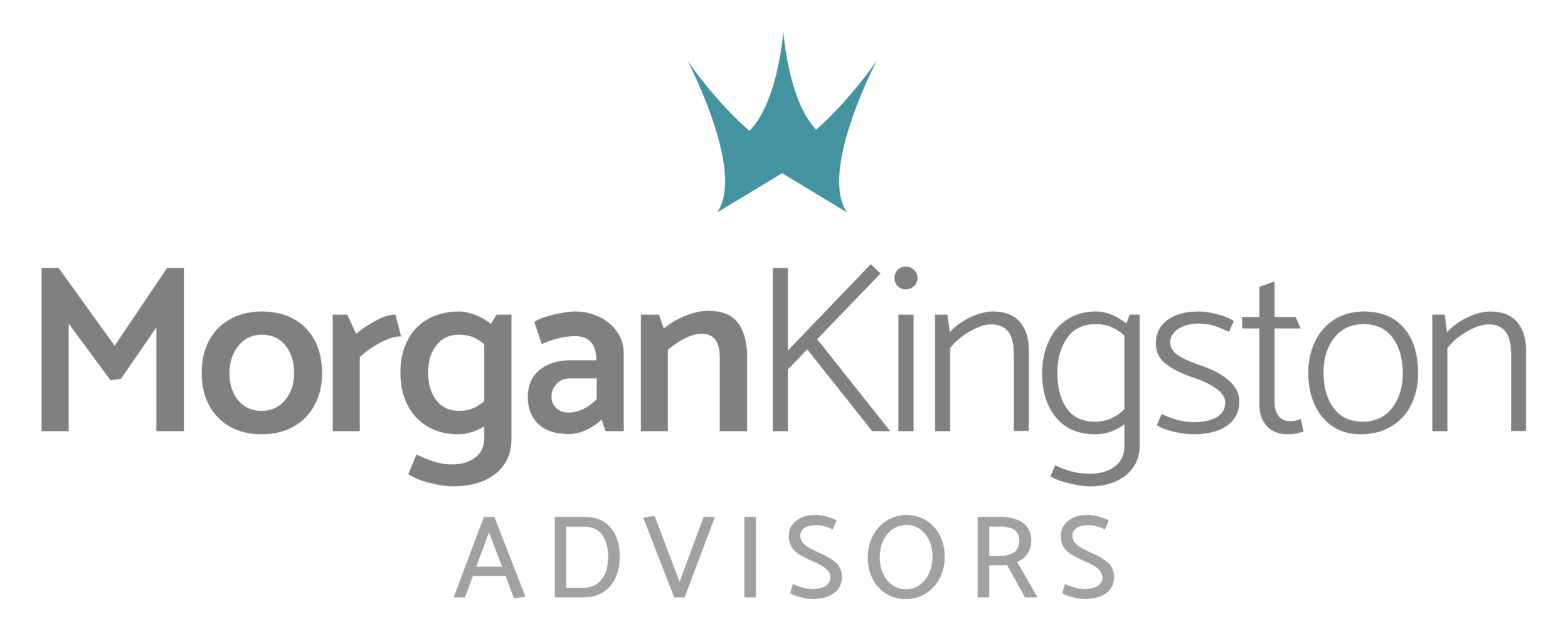News: The Outlook for M&A in 2021
By David Farkas
November 16, 2020
Despite the havoc of the pandemic, restaurant dealmakers remain positive about the future. To be sure, many of 2020’s transactions — including last month’s $11.3 billion Dunkin’ Brands acquisition by Inspire Brands—were in the works ahead of the March shutdown, easing their completion.
Yet investors and banks have also been funding new deals, distressed and otherwise. “Actually, I’m quite optimistic about the industry,” said Roger Matthews, managing director at Bank of America, during a Restaurant Finance Week panel this month on the future of restaurant M&A. His bank, by the way, advised on the Dunkin’ Brand’s deal.
Matthews was joined by finance veterans Susan Miller of Morgan Kingston Advisors; Glen Kunofsky, founder and president of STNL Advisors; and CapitalSpring Managing Director Chad Spaulding. I moderated.
The rules of the road to a successful closing remain largely the same. Once a business owner’s goals are established, Miller explained, questions then concern how much free cash flow, CAPEX and human capital are required to support growth. Debt capacity, valuation perceptions and competitive positioning issues follow. She also grills sellers about willingness to give up control, their risk tolerance and time horizon.
“You really need to look at each transaction holistically and evaluate those questions on a quarterly basis,” she added. “Having a clear plan before you go to market will ultimately dictate your success.”
So what else is new, right? Quite a bit, according to Matthews, who noted the “overlap” between buyers and sellers that’s required to close a deal has nearly disappeared. “We went from the end of ’19, where people were saying, ‘It’s such a great environment, I don’t know what could go wrong’ to within a few short months the entire nation shutting down,” he recalled.
As a reminder, nearly a dozen well-known brands changed hands last year—often at startling valuations. Private equity firm Ares Management, for example, reportedly paid 17x earnings (or about $700 million) for Cooper’s Hawk Winery. The Cheesecake Factory scooped up Fox Restaurant Concepts for $353 million while Cracker Barrel shelled out $36 million for 33-unit Maple Street Biscuit Co.
Spaulding, who acknowledged dire deal-making circumstances, said M&A opportunities will nonetheless arise next year as 100,000 restaurants or more close due to the pandemic. Yet he warned: “With 10 to 20 percent of the market being freed up by a loss of stores — and that many consumers being available — it will be very tempting for people to fall right back into where they were pre-Covid given the amount of capital overhang there is.”
He was referring to pre-Covid’s “grow at all costs” mantra that put many restaurants at risk. “Spending $350,000 or a half-million dollars on rent was not unheard of,” he said.
“You take all of your downside flexibility away because your fixed charges eat you up. And if you’ve paid 18x-20x on a business that requires that kind of drain on upside or downside sales, you’re going to be in a lot of trouble.”
That’s where STNL Advisors, a real estate consultancy, comes in. Kunofsky explained that during the pandemic landlords have been more likely to take calls from troubled tenants whose rent payments are in default. “Overall, the [leasing] environment is still very good because [landlords] are open to discussing workouts,” he said.
I asked Matthews about today’s financing environment: How are bankers looking at, say, casual-dining transactions. “What’s interesting is the [segment’s] biggest players have done incredibly well. I don’t think anyone expected, with all the issues from Covid, names like Outback and Chili’s would be down only 15%-20% in same-store sales.”
As a result, he contended, bankers now realize that losses won’t be as great as they feared. “The biggest loans to the biggest players have actually done just fine. A number of casual-dining players accessed equity,” he said, citing Darden, Bloomin’ Brands and Brinker International. “By the time we get to the end of the year and we cross over to the new year, [bankers] will be better about lending again.”
Indeed, paths to debt capital are already appearing. “We’re seeing the bond market and the Term Loan B market come back,” he added. Miller also noticed the change in debt markets. “We’ve seen a dramatic shift in the debt universe in general. For companies below $20 million in EBITDA — but especially for companies below $5.0 million in EBITDA — we’re going to see an interesting dynamic of local and regional banks stepping up and providing financing because they’re in the market,” she explained, adding such lenders are more familiar with borrowers in their own markets than large banks.
Another way to finance a transaction has been through a sale leaseback. But Kunofsky cautioned that when it comes to negotiating leases on multiple properties it’s a tale of two worlds. “For drive-thru restaurants showing positive growth, the cap rates are almost better and the demand from both institutional and private [investors] is extremely strong. Tenants can basically demand what they want in a lease,” he declared.
Companies hurt by the pandemic, he added, will likely have to sign a master lease and agree to covenants and security deposits. However, finding financing for a real estate deal won’t be easy for any chain. “One of the issues we’ve been having trouble with,” Kunofsky added, “is traditional lenders lending on commercial real estate have taken a pause.”
Investors should expect to pay more for well-performing brands in 2021. Predicted Matthews: “Valuations are only going to go up. There’s so much private capital available, and we will continue to be in a low interest rate environment.”
—David Farkas


